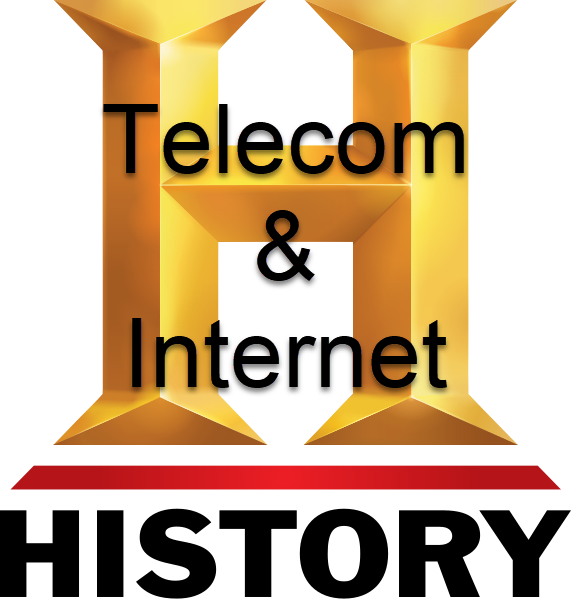 Telecommunications and the Internet: Where did it all begin? How did it begin? These are the basic questions that we wanted to answer in a timeline format. The project started with just Telecommunications in general. As the research grew, we realized that having a single timeline did not make sense, and so we have created two: one that addresses Telecommunication in general, and one that deals with the Internet. These are our Timeline Wiki Research Projects.
Telecommunications and the Internet: Where did it all begin? How did it begin? These are the basic questions that we wanted to answer in a timeline format. The project started with just Telecommunications in general. As the research grew, we realized that having a single timeline did not make sense, and so we have created two: one that addresses Telecommunication in general, and one that deals with the Internet. These are our Timeline Wiki Research Projects.
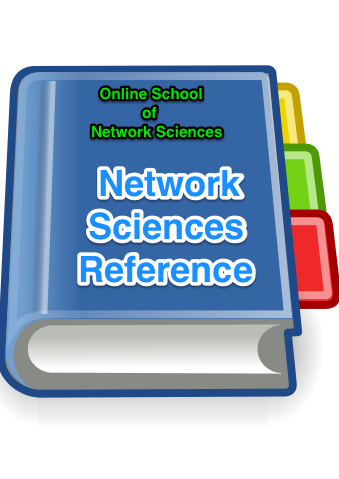 This is a reference book for everyone who practices Network Sciences and all students here. It is available to everyone here, and contains topic specific examples of network operations such as ARP, DHCP, DNS and more.
This is a reference book for everyone who practices Network Sciences and all students here. It is available to everyone here, and contains topic specific examples of network operations such as ARP, DHCP, DNS and more.
Curious or forget how a network fundamental operation works? Consider this your reference.
 Every IT/Network Scientist needs a set of tools - a tool belt - to help them set up, manage, and troubleshoot todays complex network systems.
Every IT/Network Scientist needs a set of tools - a tool belt - to help them set up, manage, and troubleshoot todays complex network systems.
Preferably the tool belt comes at zero or little cost, or maybe it is open source.
Each section in this reference lists a different tool with key information about the tool.
What would you add? Let us know in the comments!
 As the Internet has grown and evolved, its library of content has grown exponentially. The problem is to limit context and applicability. Hence the development of our own video library focused on Network Sciences. Within this section of our Reference Library you will find a host of categorically arranged videos and references. We encourage you to browse, watch, and learn.
As the Internet has grown and evolved, its library of content has grown exponentially. The problem is to limit context and applicability. Hence the development of our own video library focused on Network Sciences. Within this section of our Reference Library you will find a host of categorically arranged videos and references. We encourage you to browse, watch, and learn.
![]() This free and brief course will illustrate how to set up mininet on your computer/server so you can begin learning SDN concepts and protocols. It contains an excellent set of video demonstrations.
This free and brief course will illustrate how to set up mininet on your computer/server so you can begin learning SDN concepts and protocols. It contains an excellent set of video demonstrations.
![]() This free and brief course and set of reference materials will instruct you how to set up and configure GNS3 on your computer/server. This network emulation tool is great for studying and learning network sciences and protocols.
This free and brief course and set of reference materials will instruct you how to set up and configure GNS3 on your computer/server. This network emulation tool is great for studying and learning network sciences and protocols.
 This reference contains several great tutorials on how to use Git to manage releases of just about anything, but for us Network Scientists it is about managing network automation!
This reference contains several great tutorials on how to use Git to manage releases of just about anything, but for us Network Scientists it is about managing network automation!
 Nmap ("Network Mapper") is a free and open source (license) utility for network discovery and security auditing. Nmap was named “Security Product of the Year” by Linux Journal, Info World, LinuxQuestions.Org, and Codetalker Digest. It was even featured in twelve movies, including The Matrix Reloaded, Die Hard 4, Girl With the Dragon Tattoo, and The Bourne Ultimatum. Learn how yo use this free tool here.
Nmap ("Network Mapper") is a free and open source (license) utility for network discovery and security auditing. Nmap was named “Security Product of the Year” by Linux Journal, Info World, LinuxQuestions.Org, and Codetalker Digest. It was even featured in twelve movies, including The Matrix Reloaded, Die Hard 4, Girl With the Dragon Tattoo, and The Bourne Ultimatum. Learn how yo use this free tool here.
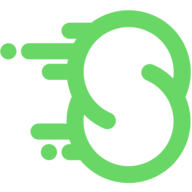
Scapy is a powerful interactive packet manipulation program. It is able to forge or decode packets of a wide number of protocols, send them on the wire, capture them, match requests and replies, and much more.
 Get introduced to what TCPDUMP is and how it works. For many of us, this was the first way we captured packets.
Get introduced to what TCPDUMP is and how it works. For many of us, this was the first way we captured packets.
 SNORT is an open source intrusion prevention system capable of real-time traffic analysis and packet logging. It usually is run in the background and uses customizable rules to kill, log or alarm when certain types of traffic occur. Available for Windows or Linux.
SNORT is an open source intrusion prevention system capable of real-time traffic analysis and packet logging. It usually is run in the background and uses customizable rules to kill, log or alarm when certain types of traffic occur. Available for Windows or Linux.
Ettercap is a stand alone tool that allows you to sniff traffic on a local network, perform man-in-the-middle penetration testing and ethical hacking. 
Ettercap is included in Kali Linux and learning to use this tool is a great way to understand key networking concepts.
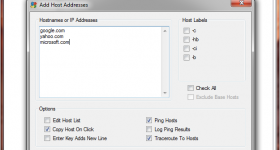 Pinkie is a suite of network troubleshooting utilities that support both IPv4 & IPv6, packaged in an intuitive, easy to use user interface. It can continuously ping multiple hosts at the same time, perform forward, reverse and bulk DNS lookups as well as traceroute automatically. Results can be logged to disk or copied to the clipboard with a click of a button.
Pinkie is a suite of network troubleshooting utilities that support both IPv4 & IPv6, packaged in an intuitive, easy to use user interface. It can continuously ping multiple hosts at the same time, perform forward, reverse and bulk DNS lookups as well as traceroute automatically. Results can be logged to disk or copied to the clipboard with a click of a button.
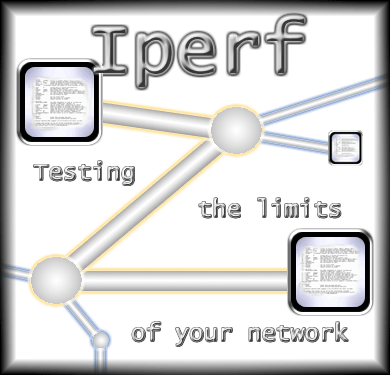 Iperf/Iperf3 is a tool to measure maximum TCP bandwidth, allowing the tuning of various parameters, and UDP characteristics. Iperf reports bandwidth, delay jitter, datagram loss. Iperf was orginally developed by NLANR/DAST as a modern alternative for measuring TCP and UDP bandwidth performance. Learn how yo use this free tool here.
Iperf/Iperf3 is a tool to measure maximum TCP bandwidth, allowing the tuning of various parameters, and UDP characteristics. Iperf reports bandwidth, delay jitter, datagram loss. Iperf was orginally developed by NLANR/DAST as a modern alternative for measuring TCP and UDP bandwidth performance. Learn how yo use this free tool here.
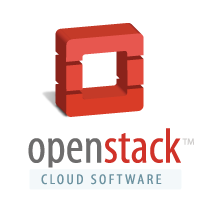 Check out how to set up and use OpenStack Neutron for network creation, learning and testing.
Check out how to set up and use OpenStack Neutron for network creation, learning and testing.
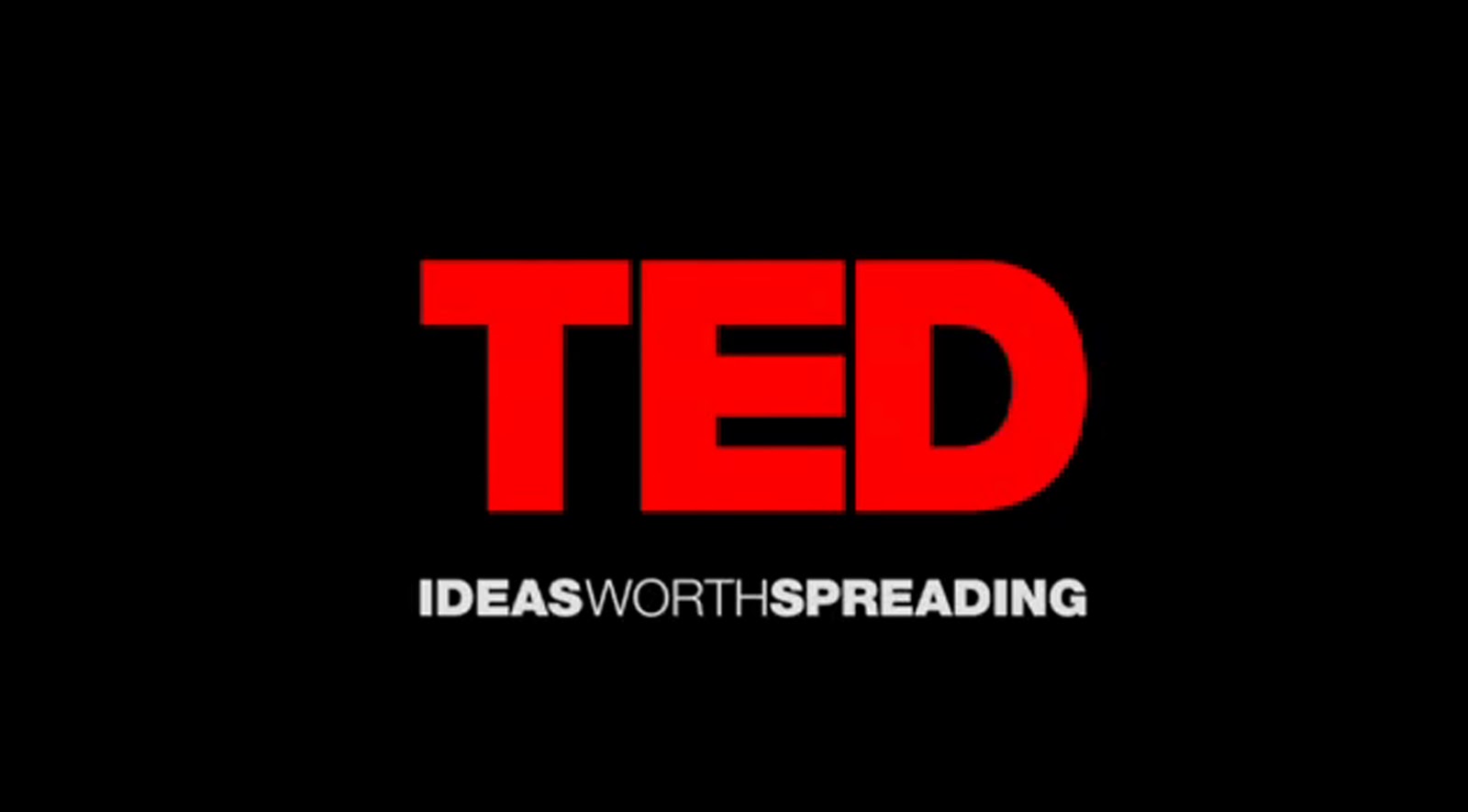 Using the Internet as a digital learning tool is essential to anyone in Networking Sciences today. As our course attendees know, we try to keep our video learning segments to around 20 minutes or less. TED Talks have a similar requirement. Plus these talks are a great way to learn new things. This course contains our favorite TED Talks, and we encourage you to watch them as well.
Using the Internet as a digital learning tool is essential to anyone in Networking Sciences today. As our course attendees know, we try to keep our video learning segments to around 20 minutes or less. TED Talks have a similar requirement. Plus these talks are a great way to learn new things. This course contains our favorite TED Talks, and we encourage you to watch them as well.

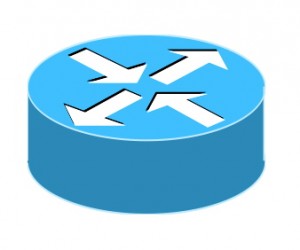 This free course is a collection of Tech Tips and "How To" procedures for Cisco
This free course is a collection of Tech Tips and "How To" procedures for Cisco  Suricata is a free and open source, mature, fast and robust network threat detection engine. The Suricata engine is capable of real time intrusion detection (
Suricata is a free and open source, mature, fast and robust network threat detection engine. The Suricata engine is capable of real time intrusion detection (